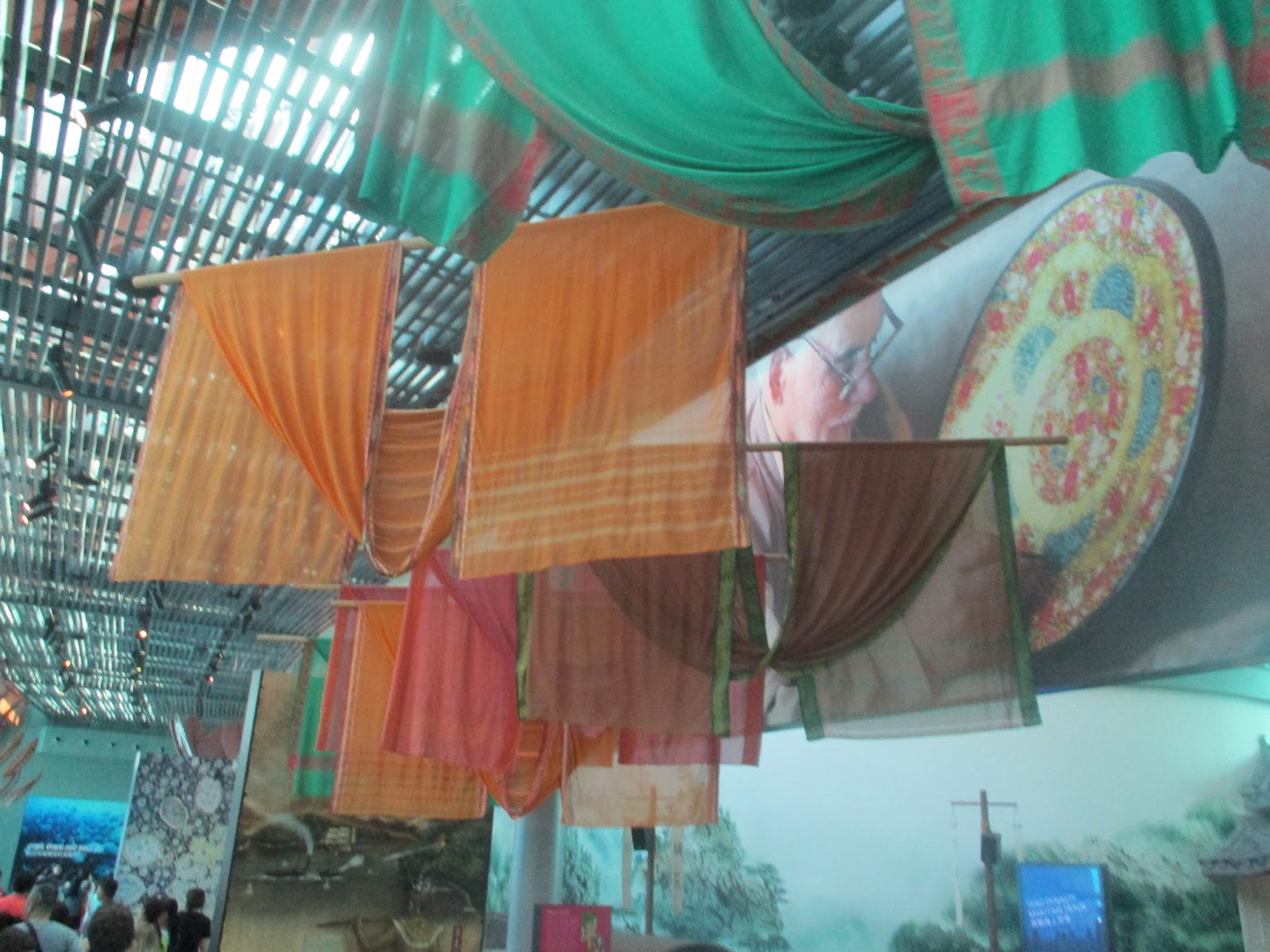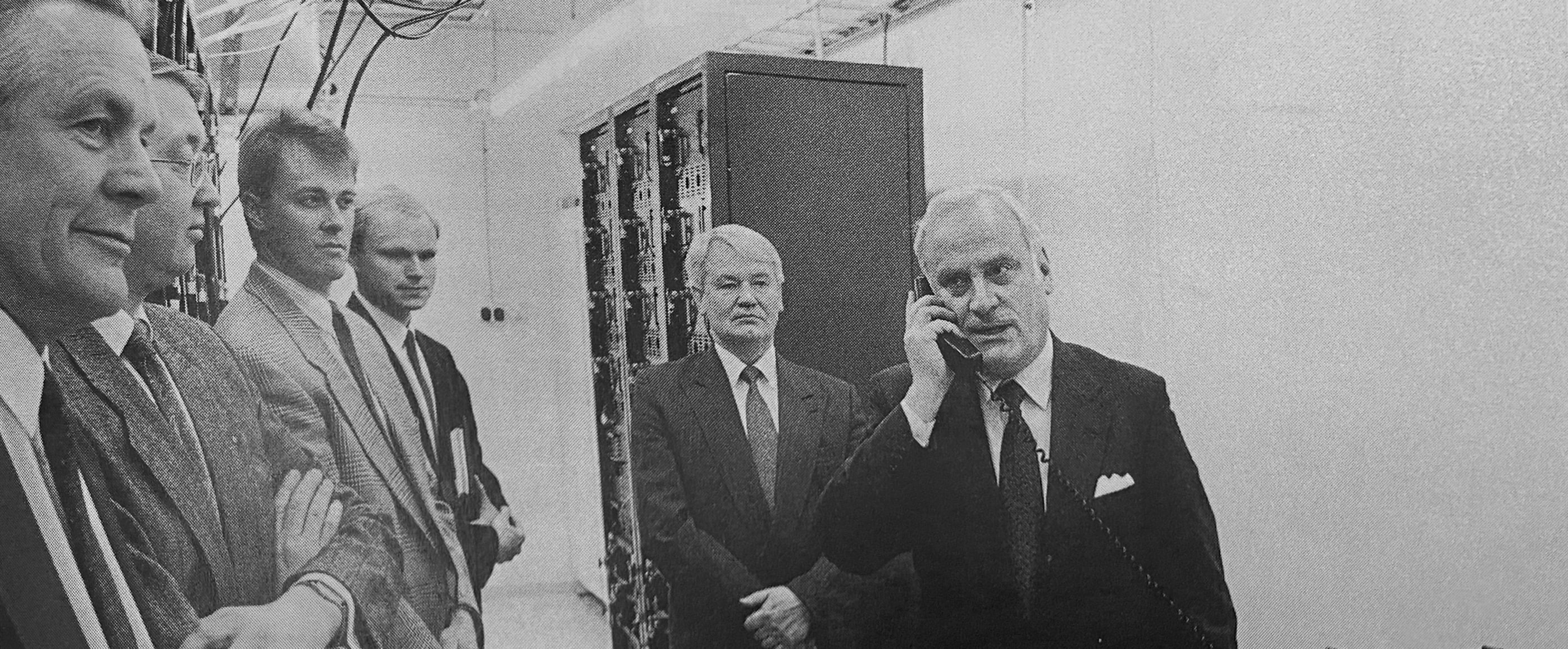
Don’t Call It a Supervolcano
Yellowstone National Park, the world’s first and arguably most famous national park, is home to one of the planet’s largest and potentially most destructive volcanoes. The 50- by 70-kilometer Yellowstone caldera complex is so massive that it can really be appreciated only from the air. But although the caldera isn’t always visible on the ground, it’s certainly no secret: Copious thermal features like hot springs and geyser basins dot the landscape and have attracted people to the uniquely beautiful and ecologically rich area for at least 11,000 years.
As people seek to explain the area’s geology, Yellowstone’s unusually active landscape has inspired myths and legends, from Indigenous origin stories to misleading headlines about the future. Every season, recurring bouts of earthquake swarms trigger sensational stories that Yellowstone could be gearing up for another “big one.” But there’s no need to cancel your family vacation to see the park’s free-roaming bison and grizzly bears: The geologists who keep a very close eye on the Yellowstone caldera system say it’s not going to erupt again in our lifetimes.
The story of Yellowstone begins around 16.5 million years ago, when a plume of magma began fueling intense bouts of volcanism along the border of what is now Idaho, Nevada, and Oregon. This magma plume, like the one that formed the Hawaiian Islands, is stationary, but as the North American plate moves to the southwest over the hot spot, its surface expression migrates, creating a 750-kilometer-long trail of volcanism, including dozens of calderas, across southern Idaho and into northwest Wyoming.











/cdn.vox-cdn.com/uploads/chorus_asset/file/25456959/Hero_image_for_press_release.png)









